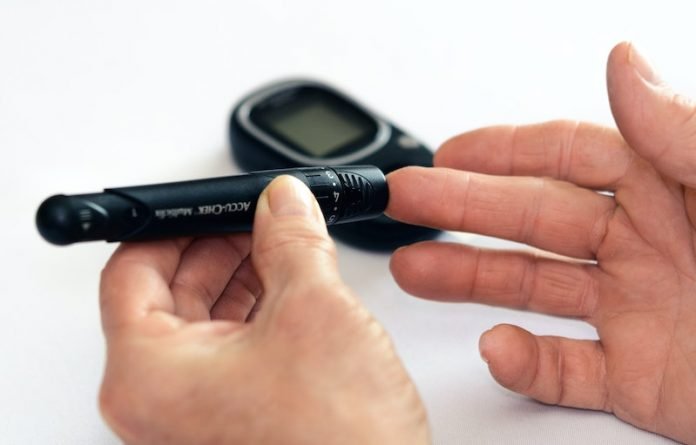
Scientists from Joslin Diabetes Center found a new pathway in which the cells lining the blood vessels—called endothelial cells—drive the body’s metabolism.
The findings suggest that vascular dysfunction may itself be the cause of undesirable metabolic changes that can lead to diabetes, not an effect as previously thought.
The research is published in Circulation Research and was conducted by George King et al.
A major risk factor for diabetes, insulin resistance occurs when the cells of the body do not respond to insulin and cannot make use of the glucose (sugar) in the bloodstream.
The condition is known to increase the risk of heart disease and atherosclerosis, a buildup of fats inside the blood vessels that can constrict blood flow to the body’s tissues.
The exact mechanism by which insulin and the cells lining vascular walls act upon each other has been unknown.
In the study, scientists did a series of studies designed to determine the relationship between insulin, fats, and the vascular system.
In addition to being linked to blood vessel abnormalities, diabetes is also associated with an undesirable decrease in the body’s store of brown fat, also called brown adipose tissue.
Unlike white fat which primarily stores energy, brown fat burns energy, maintains body temperature, and regulates body weight and metabolism.
The team found that mice engineered with enhanced sensitivity to insulin only in the blood vessels weighed less than control animals, even when fed a high-fat diet.
It turned out that the extra insulin-sensitive mice had more brown fat than control animals; they also showed less damage to the blood vessels.
The team then found that insulin signals endothelial cells in the blood vessels to produce nitrous oxide, which in turn triggers the production of brown fat cells.
In the context of insulin resistance, endothelial cells produced less nitrous oxide—a decrease known to raise cardiovascular risk—leading to a drop in brown fat production.
Because brown fat plays such an integral role in regulating the body’s weight and metabolism, smaller brown fat stores could be a risk factor for, not a symptom of, diabetes.
The study’s findings set the stage to use brown fat and the suite of hormones and inflammatory proteins it controls as biomarkers, or signs physicians can test for atherosclerosis or heart disease.
Down the road, this new information could open the door to an entirely new method of weight control by increasing brown fat tissues.
If you care about diabetes, please read studies about common diabetes drugs that spike heart attack risk, and people with diabetes should consider taking this vitamin.
For more information about diabetes, please see recent studies about new way to treat diabetes without drugs, and results showing this berry could help protect you from cancer, diabetes, obesity.



